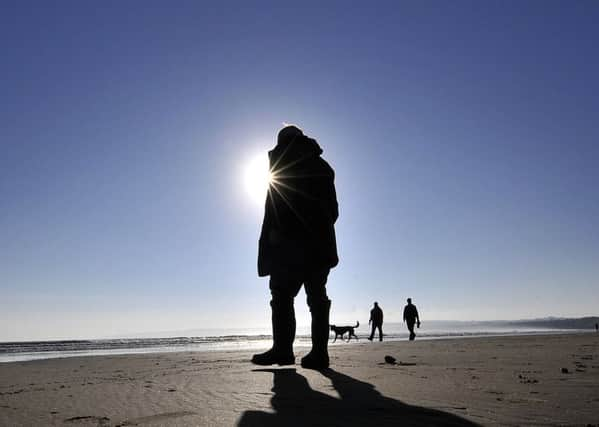Country & Coast: Staring out to sea has its merits


It is something I occasionally do myself, although with mixed success at seeing rarities.
Living a two-hour drive from the coast, it is hard to justify the trip never mind the discomfort if the only reward I get is a few great crested grebes in their drab winter plumage, but sometimes I have got lucky.
Advertisement
Hide AdAdvertisement
Hide AdDuring my last visit to Filey I was rewarded for having made the journey with a grandstand view of that notorious pirate among sea birds, the great skua, panicking a lesser black-backed gull into surrendering whatever food it had found on the reef below.
The chase was quite a spectacle to behold. Great skuas look like dark brown gulls, but when they are intent on divesting another bird of its meal they put on quite extraordinary spurts of speed that is not unlike a raptor’s. Their dramatic twists and turns through the sky are accompanied by loud barking, which is terrifying enough when heard from the clifftop but must put the fear of God into the bird that finds itself being hotly pursued.
Whenever I have seen a great skua at Filey, other sea-watchers present have drawn attention to it by calling out the word “bonxie”. This is now the fashionable name for the bird among the cognoscenti, but it used to be confined to Orkney and Shetland until they became holiday destinations for birdwatchers.
In fact, Yorkshire has its own nicknames for the great skua, “boatswain” and “robber bird”, which seem to have fallen out of common usage.
Advertisement
Hide AdAdvertisement
Hide AdThe reason birdwatchers wrap up and head for the coast in autumn and winter is that almost anything can turn up. A recent surprise was the appearance of a black-browed albatross soaring along the coast at Bempton on its impressive 8ft wingspan. It was 8,000 miles from its usual range in the South Atlantic, where it is known to breed in huge colonies on the Falklands and South Georgia.
More typical sightings, though, are European birds that are normally found further north. It is always a thrill to see in Filey Bay great northern and red-throated divers, or red-necked and slavonian grebes. Also, long-tailed ducks and velvet scoters are birds that casual birdwatchers do not often come across.
Not all of the action is to be found at sea however. On my last visit I found that there was little happening there, but as I headed for home I saw some small birds flitting about the clifftop at Carr Naze, and once I had them in my binoculars I realised that they were the best bird of the day: five snow buntings, their large patches of white making them look like albino sparrows.